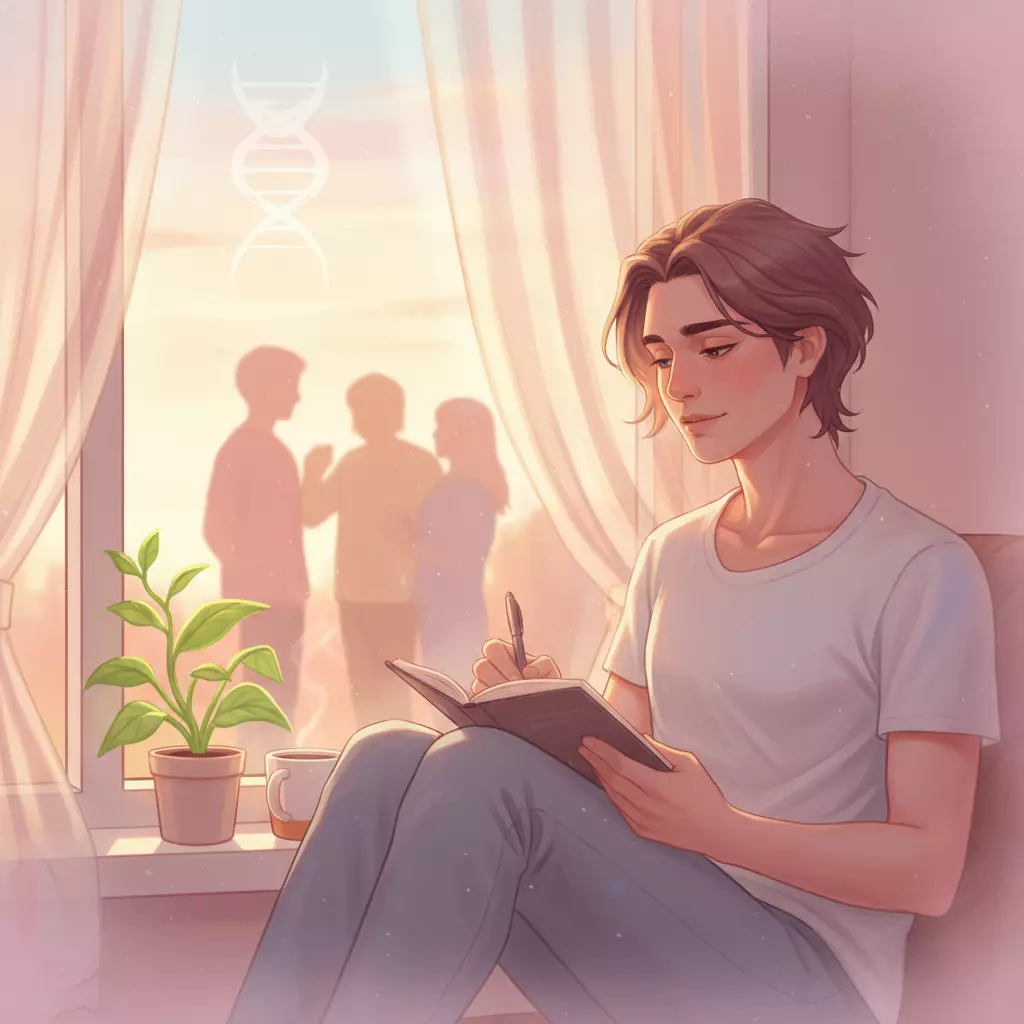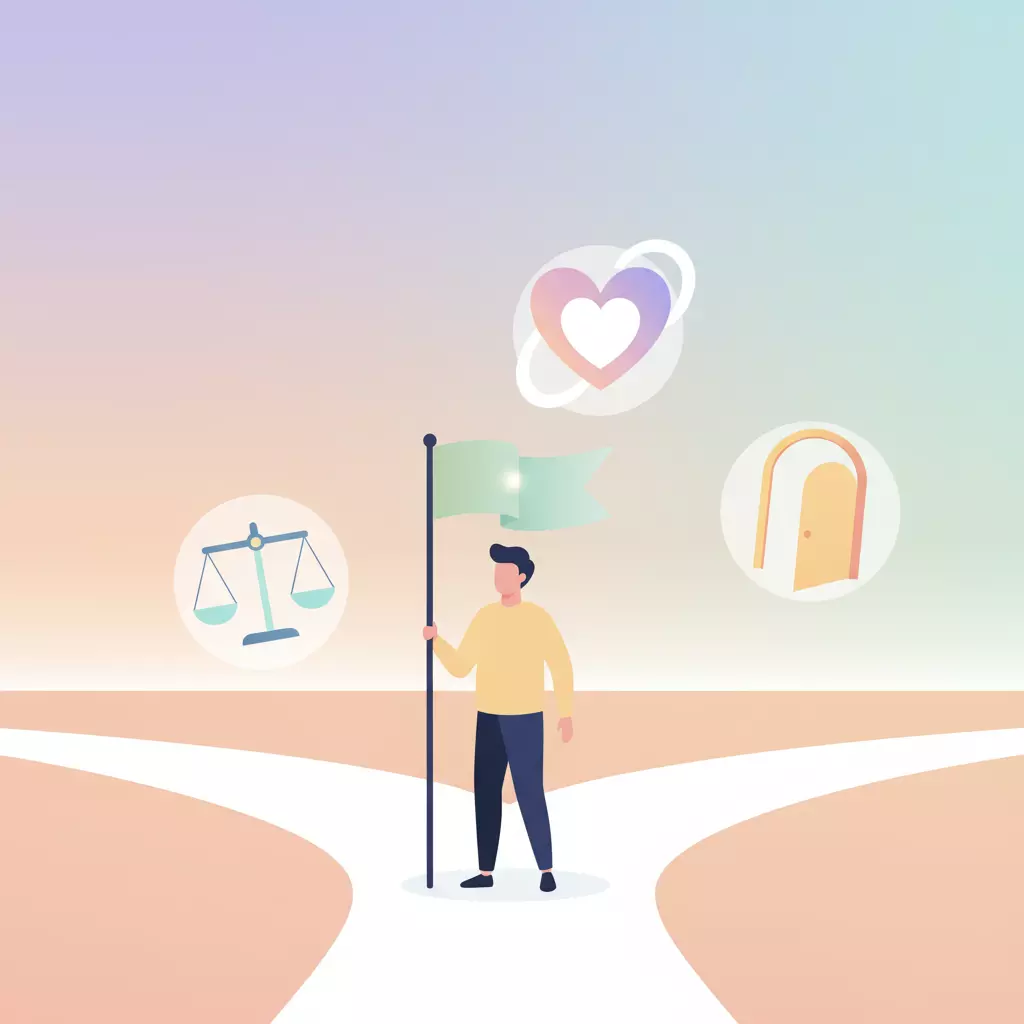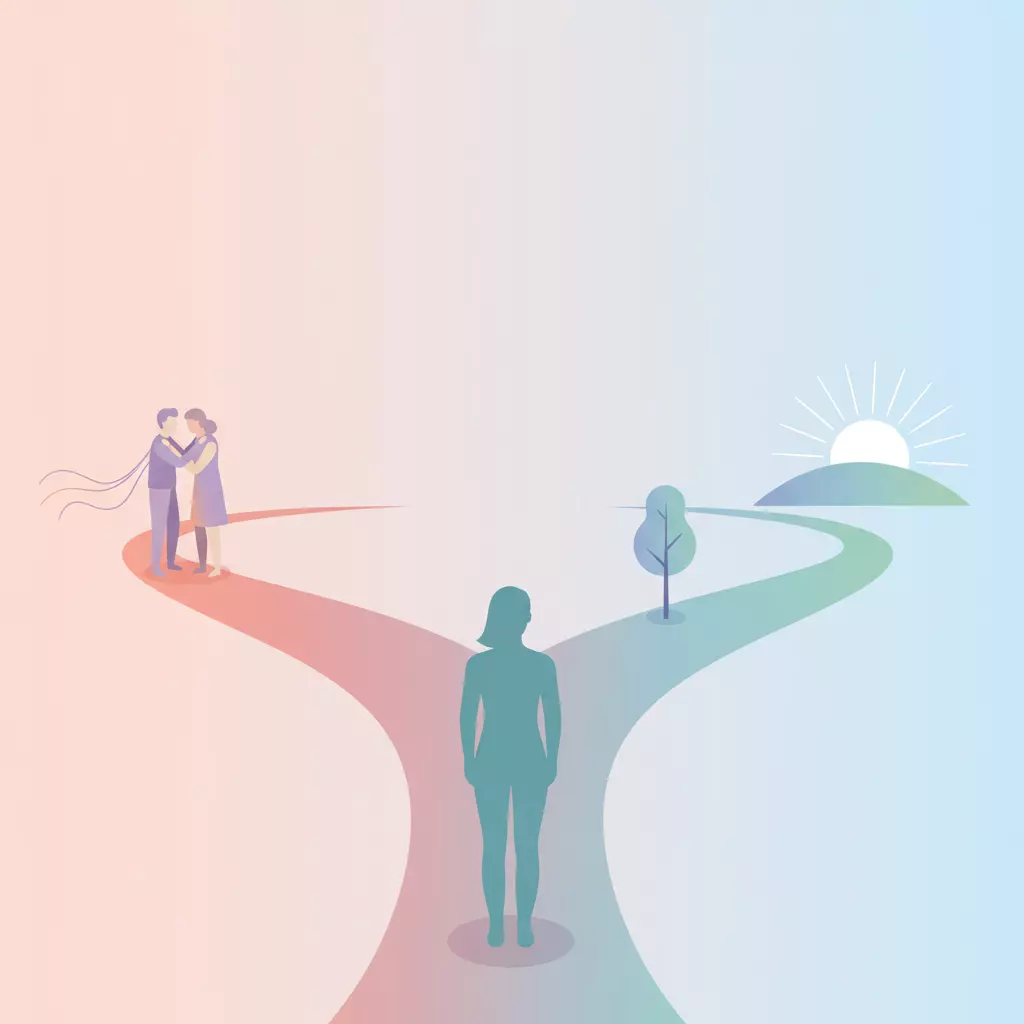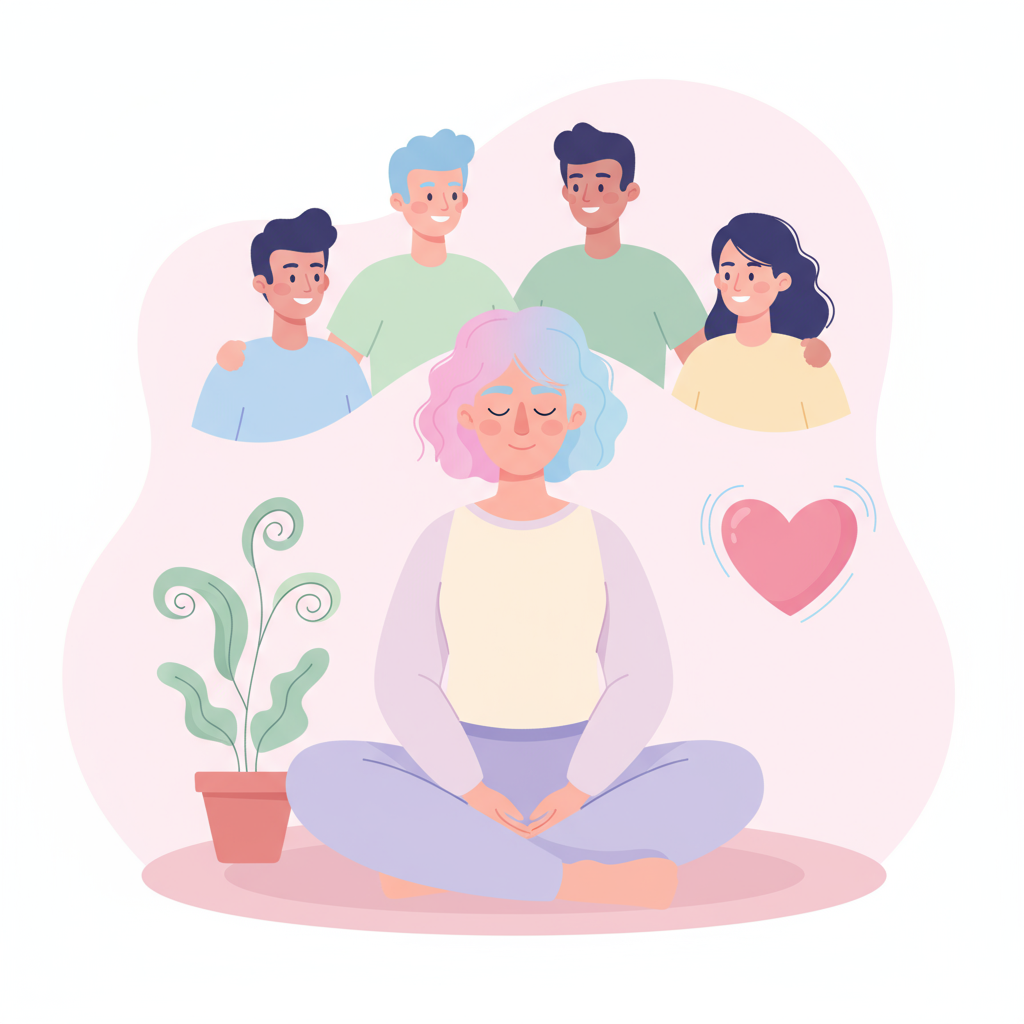Table of Contents
There’s a moment after heartbreak — once the crying slows, once the silence of no contact has settled in — when the question slips in: “Is this actually working? Am I healing, or just empty?” For transgender people, the answer often shows up not in grand revelations, but in small, steady routines of care, safety, and affirmation. Healing isn’t abstract — it has signs. And when those signs start appearing, it means you’re not just surviving the loss. You’re building something truer.
When distress softens into stability
One of the first good signs is when the sharp edges of pain begin to dull. Days don’t feel like emotional freefall anymore; there’s space between the waves. Science backs this up: transgender adults who engage in gender-affirming care, like hormone therapy, show significantly lower risks of depression over time. That shift — from spirals to steadier ground — is a signal that your routines of care are doing their job. It doesn’t mean you’re “over it,” it means your system is stabilizing enough to breathe again. This is one of the clearest markers of transgender healing after heartbreak.


No Contact Isn’t a Game – It’s a Healing Strategy
Let’s examine the No Contact strategy in: Science & Psychology, Planning it, Digital Hygiene, Relapses-Cravings & Crashes, Special Cases & Exceptions… and Signs that it’s working +What comes next.
Tap here to read more →When the mirror feels like a friend
Another sign healing is taking root: congruence. That moment when your reflection, your name, your pronouns, or even just the way your body feels in clothes lines up with who you know yourself to be. For transgender youth and adults alike, research shows that feeling more congruent leads to stronger mental health and resilience. It’s not shallow or cosmetic — it’s the deep relief of no longer being at war with your own presentation. When you feel that alignment returning, it’s your spirit saying: yes, we are on our way back.
When community becomes part of the medicine
Care isn’t only about hormones, therapy, or routines you do alone. It’s also about who surrounds you. Studies consistently show that affirming social support — friends who use your pronouns, spaces where you don’t have to flinch — reduces depression, anxiety, and self-harm in transgender people. A good sign that transgender healing after heartbreak is unfolding is when you notice yourself re-entering community: texting a friend back, showing up at a queer event, letting laughter back in. Support makes care sustainable. It turns safety into belonging.

What comes after the first signs
Once those early shifts show up — less crushing sadness, more congruence, deeper connection — healing starts to expand. You might notice new routines sticking, like regular medical care or rituals of self-kindness. You may find yourself planning again: setting goals, imagining future transitions, or daring to picture a life where affirmation isn’t a struggle but a given. This stage isn’t just recovery; it’s resilience. It’s where you stop patching holes in the boat and start steering toward where you actually want to go.
Closing Reflection
Healing after heartbreak as a transgender person is never linear, and it’s never just about letting go of an ex. It’s about re-anchoring in the daily practices that keep you safe, affirmed, and alive. When the signs begin to appear — stability, congruence, connection — take them for what they are: proof that your life is rearranging itself around truth. Proof that moving on doesn’t just mean losing someone; it can mean finding yourself, more fully, in the aftermath.
FAQ
Q1. What are the first good signs of transgender healing after heartbreak?
Early signs include a decrease in emotional distress, less frequent depressive spirals, and more stability in daily life. Many people notice that their routines of self-care and affirmation feel easier to maintain.
Q2. How does gender-affirming care support healing after a breakup?
Accessing gender-affirming care, such as hormone therapy, often reduces depression and improves emotional wellbeing. This creates a foundation for stronger routines of care, safety, and affirmation, which are central to transgender healing after heartbreak.
Q3. Why is community support important in transgender healing?
Affirming community support lowers anxiety, reduces self-harm risks, and builds a sense of belonging. Reconnecting with friends, events, or queer spaces is a powerful sign that healing is underway.
Q4. What comes after the first signs of transgender healing?
After early improvements, many people find they can establish consistent self-care, grow in self-acceptance, and plan for the future. Healing moves from managing pain into building resilience and shaping a life rooted in truth and affirmation.
Scientific Sources
-
SL Reisner, DR Pletta, AS Keuroghlian, et al. (2025): Gender-Affirming Hormone Therapy and Depressive Symptoms Among Transgender Adults
Key Finding: Transgender adults prescribed gender-affirming hormone therapy had a 15% lower risk of moderate-to-severe depressive symptoms over 48 months compared to those not prescribed GAHT.
Why Relevant: Shows that affirming care routines are a strong marker of healing, signaling reduced depression and improved stability.
https://jamanetwork.com/journals/jamanetworkopen/fullarticle/2831643 -
D. Chen, et al. (2023): Psychosocial Functioning in Transgender Youth after 2 Years
Key Finding: Transgender youth who received gender-affirming hormones or blockers showed significant improvements in appearance congruence and psychosocial functioning over two years.
Why Relevant: Demonstrates that feeling more congruent and aligned with identity is a key sign of recovery and affirmation.
https://www.nejm.org/doi/full/10.1056/NEJMoa2206297 -
AL Olsavsky, et al. (2023): Associations Among Gender-Affirming Hormonal Treatment, Social Support, and Mental Health in Transgender and Nonbinary Adolescents
Key Finding: Higher social support combined with gender-affirming treatment was associated with lower anxiety, depression, and self-harm among transgender adolescents.
Why Relevant: Highlights the importance of community support as part of rebuilding safety and affirmation during healing.
https://www.jahonline.org/article/S1054-139X%2823%2900097-6/pdf
- No Contact Healing: Powerful Habits That Make Breakup Recovery Stick

- Ready to Date Self-Audit: Powerful Green Flags & Values Check for Love

- Reintroducing Contact After No Contact: Powerful Signs, Timing & Likely Outcomes

- Queer Folks Dating After a Breakup: Powerful Signs You’re Healing Without Losing Yourself

- Transgender Healing After Heartbreak: Powerful Signs of Safety, Care & Affirmation

- Lesbian Breakup Boundaries: Positive Signs You’re Ready to Talk Again

- Gay Men: How to Reenter Shared Spaces After a Breakup Without Spiraling (Readiness Checklist)

- Women: 7 Empowering Signs No-Contact Is Working (and Youre Healing)

- Men: 10 Powerful No Contact Signs You’re Healing (Even If You Feel Nothing Yet)

Leave a Reply